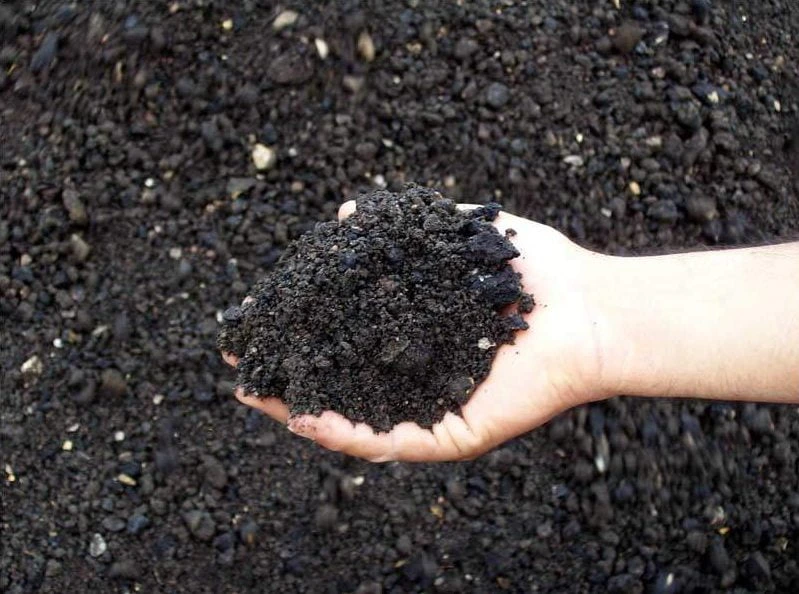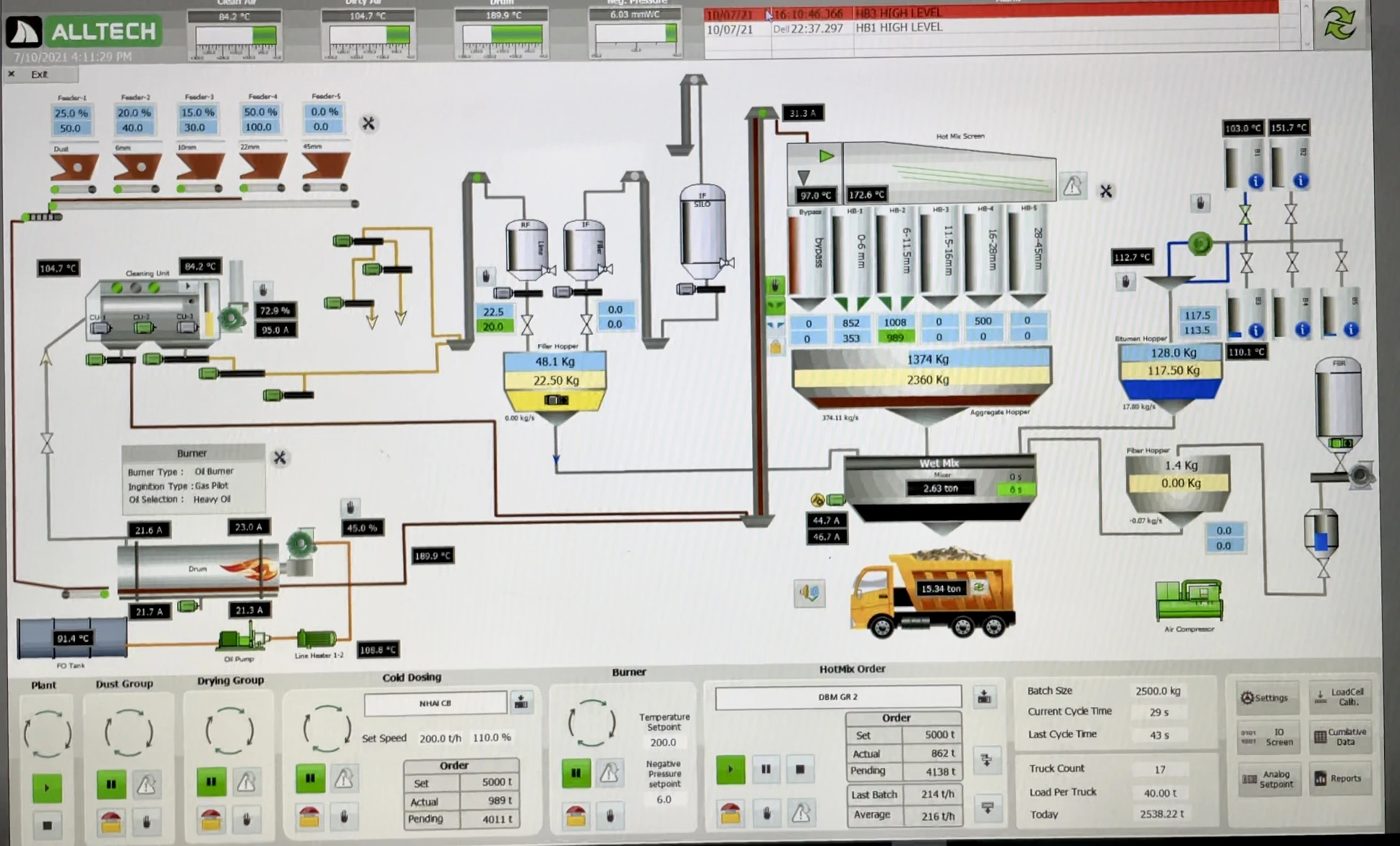
Introduction: Microsurfacing—The Modern Solution for Road Longevity
Picture driving along a smooth, freshly surfaced road—free of potholes, cracks, or surface wear. This level of driving comfort and safety is achieved not just through construction, but also through effective pavement maintenance strategies like microsurfacing.
As road networks face increasing stress from traffic and climate, maintaining asphalt pavement with cost-effective and efficient solutions has become more crucial than ever. In this guide, we’ll explore why microsurfacing is rapidly becoming the preferred method for road preservation worldwide.
1. What Is Microsurfacing?
Microsurfacing is a high-performance, cold-applied surface treatment that involves laying a mixture of polymer-modified asphalt emulsion, mineral aggregates, water, and additives onto existing pavement.
Unlike conventional asphalt resurfacing, microsurfacing requires no heating, sets quickly, and can be applied in both urban and rural settings without extensive closures or machinery. This makes it a preventive maintenance technique that can prolong pavement life by several years.
2. Key Benefits of Microsurfacing
A. Extends Pavement Life
Microsurfacing acts as a protective layer that seals minor cracks, prevents water ingress, and safeguards the surface against oxidation and weather damage. By arresting pavement deterioration early, this treatment adds 5 to 7 years of service life to the road.
B. Cost-Effective Pavement Repair
Compared to full-depth reconstruction or hot-mix overlays, microsurfacing is significantly more economical. It requires less labor, fewer raw materials, and minimal equipment. Municipalities and highway authorities benefit from lower maintenance budgets and reduced life-cycle costs.
C. Improved Safety and Skid Resistance
Microsurfacing enhances skid resistance by restoring surface texture and friction. This is especially important for accident-prone or high-speed zones. The mix design allows for custom adjustments to improve grip, even in wet or icy conditions, thereby reducing vehicle accidents.
D. Fast Application and Traffic Reopening
One of the major advantages of microsurfacing is its rapid cure time. Roads can often reopen to traffic within 1 to 2 hours after application. This makes it ideal for urban areas, intersections, airport runways, and heavily trafficked roads where downtime must be minimized.
E. Minimal Disruption to the Public
Microsurfacing equipment is compact, and the process generates less noise, dust, and fumes than hot-mix asphalt applications. This leads to fewer disruptions for residents, businesses, and commuters, making it community-friendly.
3. Applications of Microsurfacing
Microsurfacing can be applied to various surfaces and serves multiple functions:
- Urban roads & highways – For surface protection and texture restoration
- Airports & runways – To enhance skid resistance
- Bridges – Where lightweight, cold-applied solutions are necessary
- Parking lots & industrial zones – For aesthetic and structural resurfacing
- Bus lanes & intersections – Where accelerated wear is common
It can also address pavement issues like rutting, minor cracking, raveling, and oxidation, making it a versatile pavement preservation technique.
4. Environmental Advantages of Microsurfacing
Sustainability in infrastructure is no longer optional—it’s essential. Microsurfacing checks all the right boxes for eco-conscious pavement maintenance:
- Cold-applied process reduces fuel consumption and emissions
- Uses recycled materials like reclaimed asphalt and aggregates
- Minimizes waste and eliminates the need for complete removal of old layers
- Contributes to lower greenhouse gas emissions compared to hot mix asphalt
- Quiet, dust-controlled process promotes cleaner work zones
Its low carbon footprint makes it ideal for cities and governments focused on green infrastructure initiatives.
5. Factors to Consider Before Microsurfacing
While microsurfacing has numerous benefits, it’s essential to evaluate a few conditions to ensure successful application:
- Pavement age & condition – Best for roads in fair structural condition
- Temperature & weather – Application is ideal in warmer, dry climates
- Surface preparation – Proper cleaning and patching are essential before application
- Traffic volume – Choose proper aggregate size and binder formulation for high-traffic areas
Working with experienced contractors and quality microsurfacing equipment ensures the long-term performance of the treatment.
6. How Microsurfacing Compares to Other Methods
| Feature | Microsurfacing | Slurry Seal | Hot Mix Overlay |
| Cure Time | 1–2 hours | 4–6 hours | 24+ hours |
| Cost | Low | Very Low | High |
| Equipment | Specialized | Basic | Heavy-duty |
| Environmental Impact | Low | Low | High |
| Best For | Functional surface restoration | Very light wear | Major damage or deep rutting |
Microsurfacing occupies the perfect middle ground between low-cost treatments like slurry seal and high-investment overlays, making it a go-to choice for preservation and performance.
7. A Long-Term Investment in Road Quality
Neglecting road maintenance can lead to catastrophic pavement failure and skyrocketing repair costs. Microsurfacing offers a strategic solution—one that focuses on preserving good roads before they become bad.
With proper planning and timely application, government bodies, contractors, and infrastructure planners can achieve:
- Smoother, safer roads
- Longer-lasting pavement assets
- More sustainable construction practices
- Happier citizens and reduced complaints
Conclusion: Is Microsurfacing the Right Choice for Your Roads?
In an era where infrastructure budgets are tight and sustainability is a priority, microsurfacing stands out as a smart, efficient, and eco-friendly pavement maintenance technique. Whether you’re managing a local street, highway, or an airport runway, microsurfacing provides the performance and cost savings necessary for today’s road maintenance demands.
By extending the life of existing pavements, improving safety, and minimizing downtime, microsurfacing is not just a solution—it’s a smart investment in the future of our roads.





